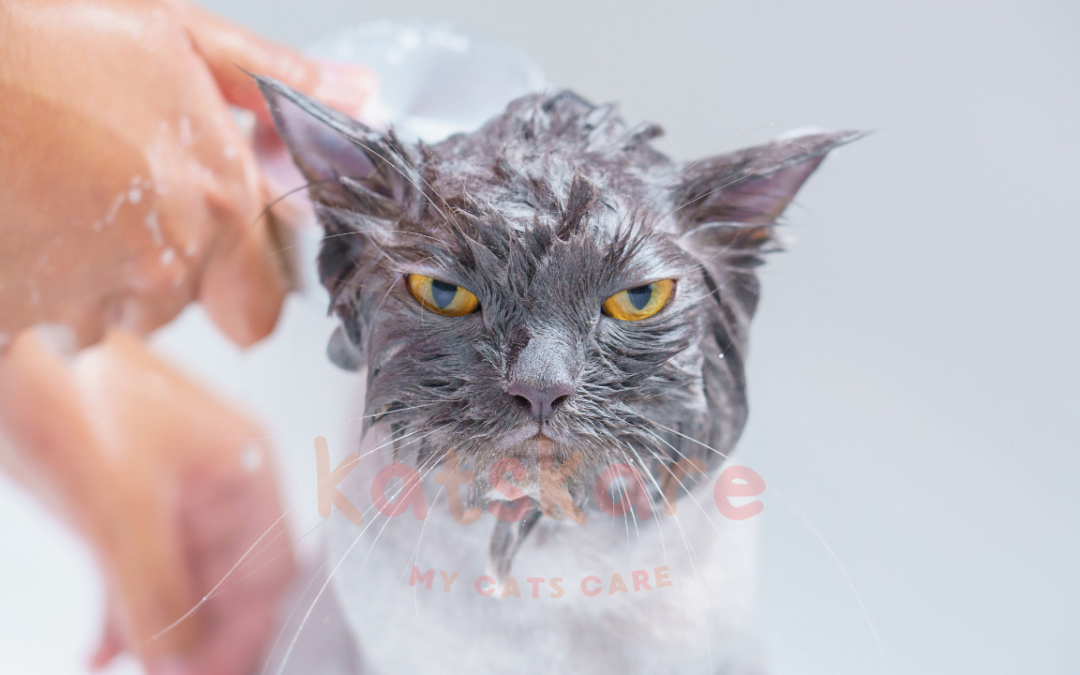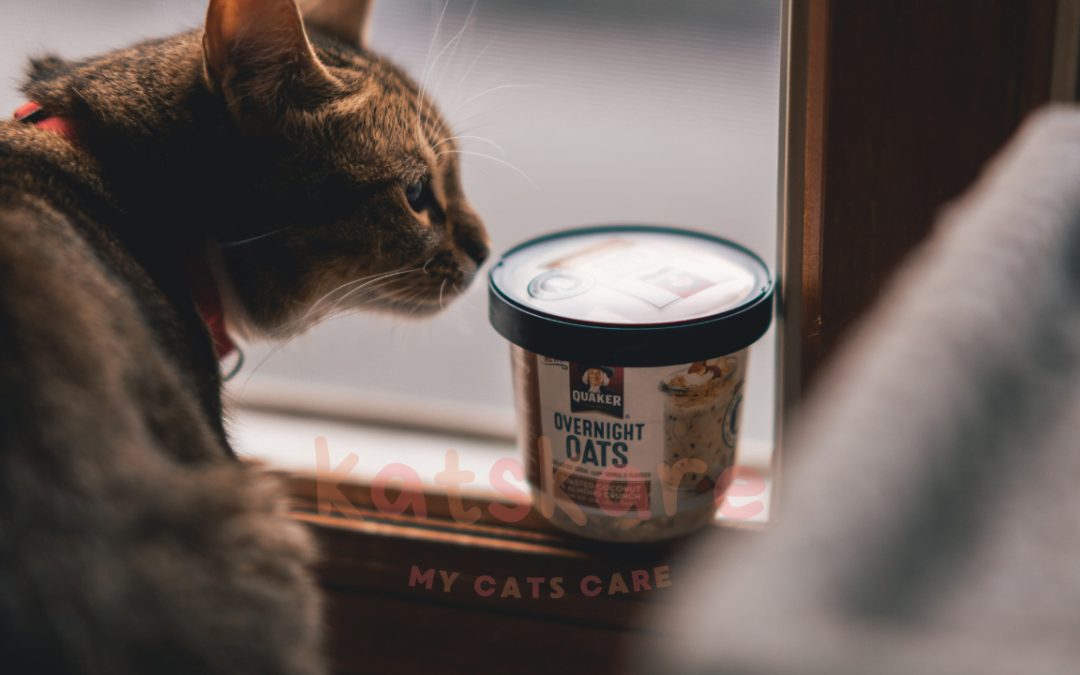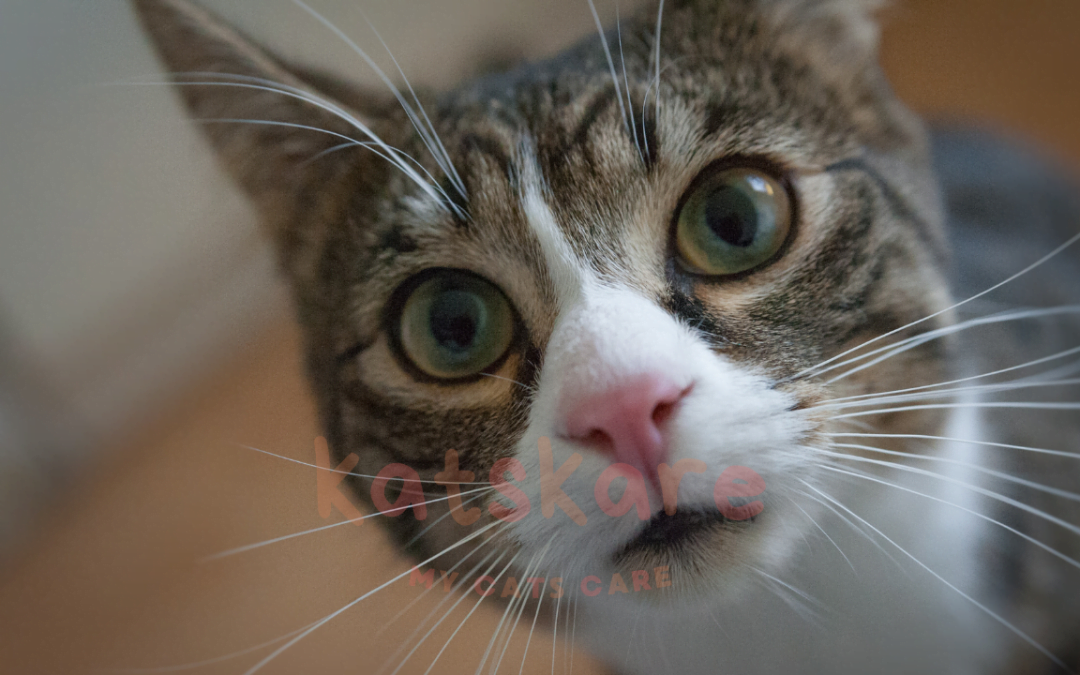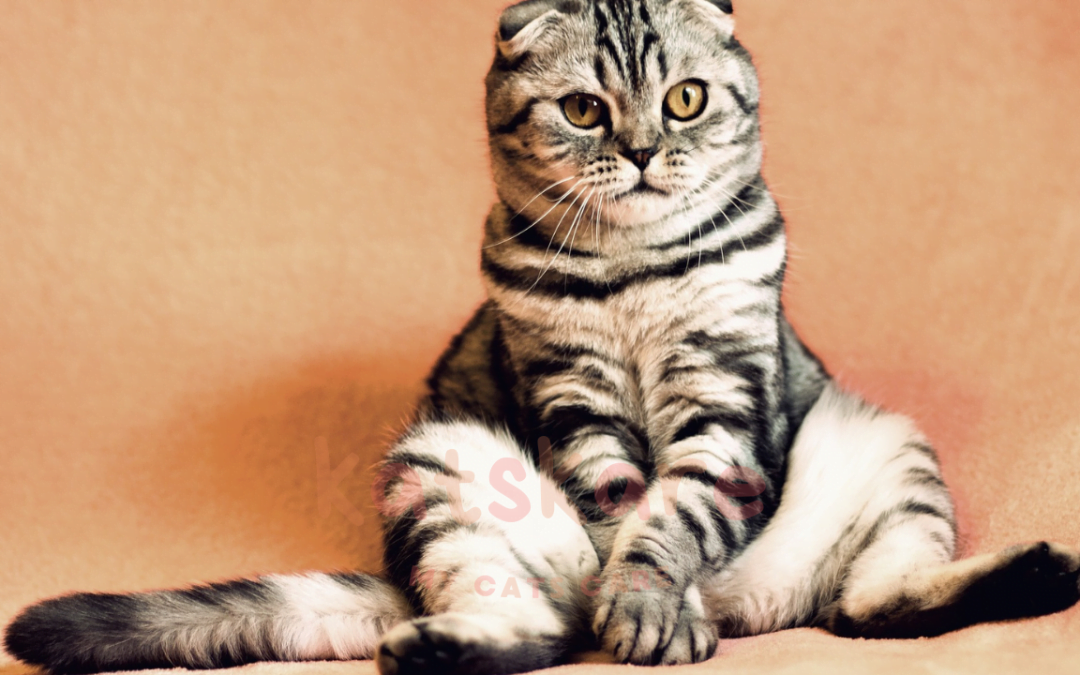
by Muhammed Saeed | Knowledge
Grooming and bathing kittens may seem like a daunting task, but it is essential for their health and wellbeing. Kittens are particularly susceptible to dirt, parasites, and bacteria, so it’s important to keep them clean and groomed to prevent any potential health problems. Here are some tips to help you ensure your kitten is clean and healthy.
Grooming and Bathing Kittens
I. Introduction
A. Understanding the Importance of Grooming and Bathing for Kittens
Kittens, these adorable bundles of joy, require proper grooming and bathing to maintain their overall health and well-being. Grooming plays a crucial role in promoting a healthy coat, preventing hairballs, and fostering a strong bond between the kitten and its owner. Bathing, on the other hand, helps to keep their fur clean, free from dirt and parasites, ensuring a fresh and delightful-smelling feline companion.
B. Benefits of Regular Grooming and Bathing Kitten
Regular grooming not only keeps a kitten’s fur looking fabulous but also serves as an opportunity for early detection of any skin issues, injuries, or abnormal growths. Additionally, grooming allows pet owners to examine the kitten’s eyes, ears, teeth, and nails, providing insights into their overall health. Bathing, though not as frequent as grooming, helps maintain cleanliness, particularly for outdoor kittens who may get into messy situations.
II. Preparing for the Grooming and Bathing Process
A. Assembling Necessary Supplies
Before embarking on the grooming and bathing journey, gather the essential supplies. These include a soft-bristled brush or comb suitable for your kitten’s fur type, a pet-safe nail trimmer, feline ear wipes, and a cat-specific shampoo. Having all the supplies at hand will make the process smoother and less stressful for both you and your furry companion.
B. Creating a Calm and Safe Environment
To ensure a successful grooming and bathing experience, it is vital to create a calm and safe environment. Choose a quiet and well-lit room, free from distractions, where the kitten feels comfortable. Make sure the temperature is warm enough, and use a non-slip mat in the sink or bathtub to prevent accidents during bathing.
III. Grooming Kittens
A. Brushing and Its Benefits
Brushing is a fundamental part of grooming that not only removes loose fur and prevents matting but also stimulates blood circulation, keeping the skin healthy. For short-haired kittens, use a soft-bristled brush to remove loose hairs, while long-haired kittens may benefit from a comb to tackle tangles.
B. Nail Trimming Techniques
Keeping your kitten’s nails at an appropriate length is crucial for their comfort and prevents painful ingrown nails. Use a pet-safe nail trimmer to gently trim the sharp tips of the claws, taking care not to cut too close to the quick. If uncertain, consult with a veterinarian or a professional groomer for guidance.
C. Ear Cleaning Tips
Feline ears can accumulate dirt and wax, leading to ear infections. Use specialized feline ear wipes to clean the outer ear gently. Avoid inserting anything into the ear canal to prevent injury.
IV. Bathing Kittens
A. When and How Often to Bathe Kittens
Unlike dogs, most kittens are self-groomers, and regular bathing is usually unnecessary. However, there are exceptions, such as kittens who get into something messy or those with specific skin conditions that require bathing. If bathing becomes necessary, aim for no more than once a month to avoid drying out their skin.
B. Choosing the Right Cat Shampoo
Selecting the right cat shampoo is essential, as using products meant for dogs or humans can be harmful to kittens. Opt for a mild and hypoallergenic feline shampoo that will clean without stripping their fur of essential oils.
C. Step-by-Step Bathing Process
Before bathing, brush your kitten to remove any tangles or debris. Fill the sink or tub with warm water up to their belly level, and gently place the kitten in the water. Use a cup or a spray attachment to wet their fur, avoiding their face and ears. Apply the shampoo, lathering it up gently, and then rinse thoroughly. Towel dry or use a low heat setting on a blow dryer, ensuring it doesn’t frighten the kitten.
V. Drying and Post-Bathing Care
A. Towel Drying vs. Blow Drying
Towel drying is usually enough for most kittens, but if necessary, you can use a blow dryer on a low, cool setting. Ensure they are comfortable and never leave them unattended around water or a running dryer.
B. Handling Stress and Anxiety
Kittens may find the grooming and bathing process stressful, so it’s crucial to handle them with care and patience. Offer treats and reassuring words to keep them calm during the process.
C. Rewarding Positive Behavior
Always reward your kitten for good behavior during grooming and bathing. Positive reinforcement with treats or affection will help create a positive association with these activities.
VI. Special Considerations for Long-Haired Kittens
A. Managing Tangles and Mats
Long-haired kittens require more attention to prevent tangles and mats. Regular brushing, especially in problem areas like the armpits and belly, will help keep their fur in top condition.
B. The Importance of Regular Hair Trimming
Trimming the fur around the hindquarters and the tail will help prevent messes and hygiene issues for long-haired kittens. Consider visiting a professional groomer for precision trimming.
VII. Dealing with Fleas and Parasites
A. Identifying Flea Infestations
Fleas and other parasites can be troublesome for kittens. Regular grooming and baths can help identify the presence of these pests. Look for tiny brown specks (flea dirt) or excessive scratching and consult with a veterinarian for appropriate treatment.
B. Safe and Effective Flea Treatment for Kittens
Kittens have sensitive skin, so it’s crucial to use flea treatments specifically formulated for their age and weight. Consult with a veterinarian to choose the safest and most effective option.
VIII. Grooming and Bathing Tips for
Orphaned Kittens
A. Bottle-Feeding and Grooming Routine
Orphaned kittens need special care, including a grooming routine that simulates their mother’s care. Use a soft cloth moistened with warm water to mimic licking and keep them clean.
B. Using Damp Cloth for Bathing Kitten
Avoid full baths for very young kittens and stick to gentle spot-cleaning with a damp cloth until they are strong enough for regular bathing.
IX. Potential Challenges and Solutions
A. Handling Resistance and Fear
Some kittens may resist grooming and bathing due to fear or past negative experiences. Take it slow, use positive reinforcement, and seek professional help if needed.
B. Seeking Professional Grooming Help
If you find grooming or bathing your kitten too challenging, consider seeking help from a professional groomer or a veterinarian who can guide you through the process.
X. Conclusion
A. Developing a Bond Through Grooming and Bathing Kitten
Regular grooming and bathing are more than just hygiene routines; they are opportunities to develop a deep bond with your feline companion. Embrace these moments as chances to show love and care to your furry friend.
B. The Joy of a Well-Groomed and Clean Kitten
A well-groomed and clean kitten brings joy not only to its owner but also to everyone around. With proper grooming and bathing, you ensure your kitten’s health, happiness, and an enduring friendship that will last a lifetime. So, cherish these moments and make grooming and bathing a positive experience for both you and your kitten.
By following these steps, you can ensure your kitten is clean, comfortable, and healthy.
Grooming and bathing kittens may seem like a lot of work, but it’s essential for their well-being. With a little patience and practice, you can easily keep your kitten looking and feeling their best.

by Muhammed Saeed | Tips
Choosing the right cat food can be a daunting task. With so many brands and types of food available, it can be difficult to know which one is best for your cat. But with a few simple tips and considerations, you can narrow down your options and find the food that is best for your furry friend.
First, it is important to consider your cat’s age and lifestyle. Kittens need a different type of food than adult cats, and indoor cats require different nutrition than outdoor cats. If your cat is a picky eater, you may want to experiment with a few different types of food to find the one that they like best.
Second, pay attention to the ingredients in the food. Look for foods that contain high-quality proteins, such as chicken, beef, or fish. Avoid foods that contain fillers, such as corn and wheat, as these are not as beneficial for your cat. Also, check the label for the levels of vitamins, minerals, and other nutrients.
Third, consider the cost. While it may be tempting to buy the cheapest food available, this isn’t always the best option. High-quality cat food is usually more expensive, but it can provide essential nutrients that your cat needs.
Finally, make sure to read the label carefully. Pay attention to the feeding instructions, as well as the expiration date. Also check for any recalls or warnings that may be associated with the food.
By following these tips, you should be able to find the right food for your cat. Remember, your cat’s health is important, so it’s worth the extra effort to make sure you’re choosing the best food for them.

by Muhammed Saeed | Knowledge
1. Cats are low-maintenance pets – they do not require constant attention or trips to the vet.
2. they are a great source of companionship and emotional support. They provide unconditional love and comfort without needing to be asked.
3. Kittens purr from the moment they are born, helping to make them a calming presence in the home.
4. Cats require minimal effort to care for and are easily house-trained.
5. They have a natural curiosity, allowing them to be entertained with minimal effort. 6. Cats are relatively quiet compared to other pets and require little space.
7. Cats are naturally clean animals and keep themselves well-groomed.
8. Cats are often more loyal than dogs, and can be socialized with other cats or humans. 9. Cats are usually more affectionate than dogs and are known to be “people” cats.
10. Cats are independent and can be left at home alone for short periods of time without being stressed or lonely.

by Muhammed Saeed | Tips
Cats can be incredibly affectionate, playful, and curious creatures. However, they can sometimes be scared or anxious, especially when they’re exposed to unfamiliar environments or situations. If you’re a cat owner, it’s important to know how to help your scared or anxious cat.
How to help a scared or anxious cat:
Here are some tips for how to help a scared or anxious cat:
- Create a Safe Space: Cats need a safe space to retreat to when they’re feeling scared or anxious. You can create a safe space for your cat by providing a quiet, low-traffic area in your home where your cat can hide and feel secure. Make sure the area is away from loud noises, large groups of people, and other animals.
- Spend Quality Time: Spending quality time with your cat can help them become more comfortable and reduce fear or anxiety. This includes petting, brushing, and playing with your cat. Make sure you do these activities in a calm, quiet environment.
- Provide Comfort Items: Cats like to have familiar items to help them feel safe and secure. Provide your cat with their favourite toys, blankets, and bedding. This will help them to feel secure and more relaxed.
- Use Positive Reinforcement: Positive reinforcement is a great way to help your cat feel more secure. Give your cat treats or praise when they’re behaving in a way that is calming or when they’re showing signs of feeling safe.
- Talk to Your Veterinarian: If your cat’s fear or anxiety persists, it’s best to consult your veterinarian. Your veterinarian can offer advice on how to help your cat and can even prescribe medication if it is necessary.
By following these tips, you can help your scared or anxious cat feel more secure and comfortable in their environment. Remember, cats need love and affection just like humans do, so be sure to provide plenty of both!





